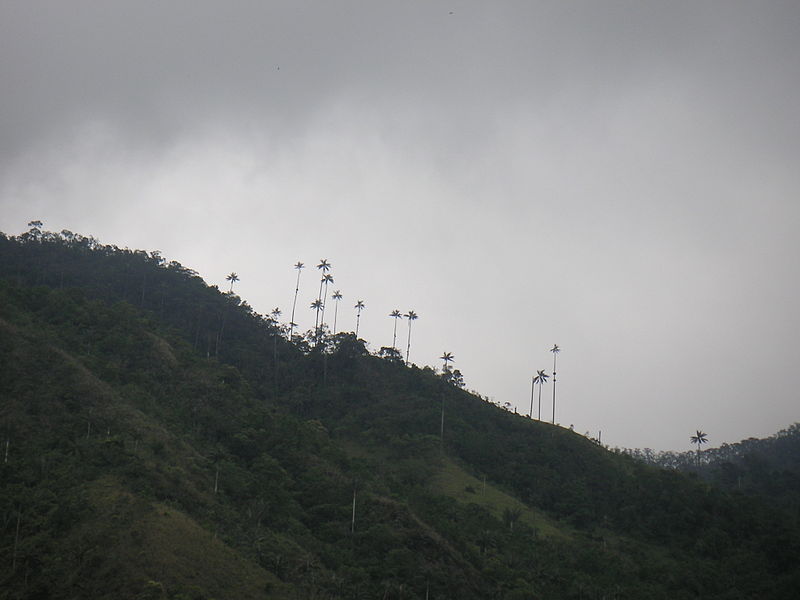Finally, some good conservation news! Believed extinct until 81 individuals were found in the Columbian Andes in 1998, the Yellow-Eared Parrot (Ognorhynchus icterotis) is now recovering nicely. Thanks to an intensive, country-wide conservation program, the population now numbers over 1,000. In fact, the International Conservation Union (IUCN) has downgraded the species from “Critically Endangered” to “Endangered”, an action that is all-too-rare these days.
Cooperative Efforts
Although the bird’s recovery is believed largely due to the efforts of 3 major conservation organizations – Fundacion Pro Aves, American Bird Conservation and Fundacion Loro Parque, over 180 individuals, 47 organizations and numerous local communities also played a vital role. Their spectacular success will no doubt be very useful in serving as a template for recovery efforts aimed at other species of birds.
Survival Problems and Solutions
 The Yellow-Eared Parrot faced, in addition to the usual dangers that decimate rare species, a unique threat – it nests almost exclusively in the Wax Palm. This palm, which is also Columbia’s National Tree, is much valued for use in certain religious services of the Catholic Faith, and is itself in danger of extinction. Fortunately, the Catholic Church became an enthusiastic supporter of the parrot recovery plan, and is working hard to reduce Wax Palm usage.
The Yellow-Eared Parrot faced, in addition to the usual dangers that decimate rare species, a unique threat – it nests almost exclusively in the Wax Palm. This palm, which is also Columbia’s National Tree, is much valued for use in certain religious services of the Catholic Faith, and is itself in danger of extinction. Fortunately, the Catholic Church became an enthusiastic supporter of the parrot recovery plan, and is working hard to reduce Wax Palm usage.
The creation of the 10,000 acre Parrot Conservation Corridor, and an ambitious nest box installation program, is also key to this Yellow-Eared Parrot’s continued survival.
Further Reading
Please see my article Religion, Psittacines and Palms for info on the conservation of this species and the Golden-Plumed Parakeet in Ecuador.
Natural history and conservation info is available in this Birdlife International article.
 That Bird Blog – Bird Care and History for Pet Birds
That Bird Blog – Bird Care and History for Pet Birds

 Ecuador’s yellow-eared parrot (Ognorhynchus icterotis) and golden-plumed parakeet (Leptosittacia branickii) face a most unusual threat – an annual religious celebration. The group Aves and Conservation has identified the collection of palm fronds for Catholic Easter celebrations as the main cause of the species’ near disappearance from Ecuador.
Ecuador’s yellow-eared parrot (Ognorhynchus icterotis) and golden-plumed parakeet (Leptosittacia branickii) face a most unusual threat – an annual religious celebration. The group Aves and Conservation has identified the collection of palm fronds for Catholic Easter celebrations as the main cause of the species’ near disappearance from Ecuador. You can read about recent golden-plumed parakeet nesting records at
You can read about recent golden-plumed parakeet nesting records at